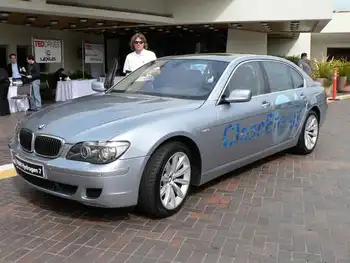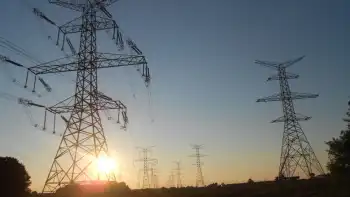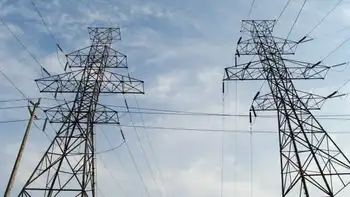Scientists develop new type of memory circuit
By Reuters
CSA Z463 Electrical Maintenance
Our customized live online or in‑person group training can be delivered to your staff at your location.

- Live Online
- 6 hours Instructor-led
- Group Training Available
The finding proves what until now had only been theory - but could save millions from the tedium of waiting for a computer to find its "place," the researchers said.
Basic electronics theory teaches that there are three fundamental elements of a passive circuit - resistors, capacitors and inductors.
But in the 1970s, Leon Chua of the University of California at Berkeley, theorized there should be a fourth called a memory resistor, or memristor, for short, and he worked out the mathematical equations to prove it.
Now, a team at Hewlett-Packard led by Stanley Williams has proven that 'memristance' exists. They developed a mathematical model and a physical example of a memristor, which they describe in the journal Nature.
"It's very different from any other electrical device," Williams said of his memristor in a telephone interview. "No combination of resistor, capacitor or inductor will give you that property."
Williams likens the property to water flowing through a garden hose. In a regular circuit, the water flows from more than one direction.
But in a memory resistor, the hose remembers what direction the water (or current) is flowing from, and it expands in that direction to improve the flow. If water or current flows from the other direction, the hose shrinks.
"It remembers both the direction and the amount of charge that flows through it.... That is the memory," Williams said.
The discovery is more than an academic pursuit for Williams, who said the finding could lead a new kind of computer memory that would never need booting up.
Conventional computers use dynamic random access memory or DRAM, which is lost when the power is turned off, and must be accessed from the hard drive when the computer goes back on.
But a computer that incorporates this new kind of memory circuit would never lose its place, even when the power is turned off.
"If you turn on your computer it will come up instantly where it was when you turned it off. That is a very interesting potential application, and one that is very realistic," Williams said.
But he said understanding this new circuit element could be critical as companies attempt to build ever smaller devices.
"It's essential that people understand this to be able to go further into the world of nanoelectronics," referring to electronics on the nano scale - objects tens of thousands of times smaller than the width of a human hair.
"It turns out that memristance, this property, gets more important as the device gets smaller. That is another major reason it took so long to find," Williams said.











